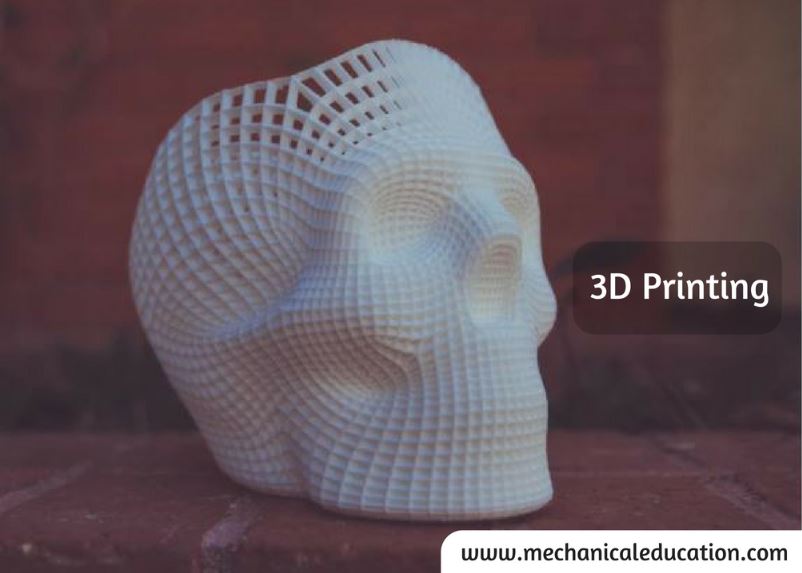A quickshifter is a device installed in motorcycles that allows the rider to shift gears without having to use the clutch or ease off the throttle. It is a mechanism that uses sensors to detect the gear changes and automatically adjust the engine speed and gear ratio to provide a smooth transition.
Here are some points to explain quickshifters in motorcycles in detail:
What is a quickshifter?
- A quickshifter is a device installed in motorcycles that allows the rider to shift gears without using the clutch or reducing the throttle. It uses a sensor that detects the pressure on the gear shifter and sends a signal to the engine control unit (ECU) to adjust the gear ratio and engine speed.
How does a quickshifter work?
- The quickshifter works by interrupting the ignition and cutting off the fuel supply to the engine for a split second during gear changes. This allows the gears to be shifted without any interruption in power delivery. The ECU uses the signal from the shifter to determine when the gears need to be changed and adjusts the engine speed and gear ratio accordingly.
Benefits of a quickshifter
- Faster gear changes: With a quickshifter, gear changes can be done without any interruption in power delivery, which can significantly reduce the time taken to shift gears.
- Improved performance: Since there is no loss of power during gear changes, a quickshifter can improve the overall performance of the motorcycle.
- Reduced fatigue: Using a quickshifter reduces the need to use the clutch and reduces fatigue during long rides.
Types of quickshifters:
- Strain gauge quickshifters: These use a strain gauge sensor to detect the force applied to the gear shifter and send a signal to the ECU to adjust the engine speed and gear ratio.
- Optical quickshifters: These use an optical sensor to detect the position of the gear shifter and send a signal to the ECU to adjust the engine speed and gear ratio.
- Accelerometer-based quickshifters: These use an accelerometer to detect the acceleration of the motorcycle and send a signal to the ECU to adjust the engine speed and gear ratio.
Installation of a quickshifter:
- Installation of a quickshifter requires some technical knowledge and expertise. The process involves fitting the device to the motorcycle’s existing wiring and programming the ECU to recognize the signal from the sensor. It is recommended to get it installed by a professional mechanic.
Drawbacks of a quickshifter:
- Cost: Quickshifters can be expensive to install and may not be suitable for every rider’s budget.
- Compatibility: Not all motorcycles are compatible with quickshifters, and some may require modifications to be made.
- Learning curve: Using a quickshifter can take some time to get used to, and it may not be suitable for inexperienced riders.
In summary, a quickshifter is a device that can significantly improve the performance and speed of a motorcycle by allowing gear changes without any interruption in power delivery. However, it is important to consider the cost, compatibility, and learning curve before deciding to install one on your motorcycle.
Frequently Asked Questions
1.What is a quickshifter on a motorcycle?
A quickshifter is a device that allows a motorcycle rider to change gears without using the clutch or closing the throttle. It enables seamless and rapid upshifts during acceleration.
2.How does a quickshifter work?
A quickshifter works by momentarily cutting the ignition or fuel supply to the engine when an upshift is initiated, allowing the rider to shift gears without manually disengaging the clutch.
3.Are quickshifters only for high-performance motorcycles?
While quickshifters are commonly found in high-performance and sport-oriented motorcycles, they are increasingly being featured in a broader range of bikes, including some middleweight and commuter models.
4.Can a quickshifter be retrofitted to any motorcycle?
In many cases, yes. Aftermarket quickshifter kits are available for various motorcycles, and some modern motorcycles come equipped with factory-installed quickshifters.
5.Does using a quickshifter improve lap times on the track?
Yes, using a quickshifter can contribute to improved lap times on the track by minimizing the time the rider spends shifting gears, resulting in quicker acceleration.
6.Can a quickshifter be used for downshifts?
While traditional quickshifters are designed for upshifts, some motorcycles come equipped with quickshifters that also support auto-blip downshifts, allowing for smooth and fast downshifting.
7.Do quickshifters work with all types of transmissions?
Quickshifters are most commonly associated with motorcycles equipped with sequential transmissions. However, some systems are designed to work with both sequential and semi-automatic (DCT) transmissions.
8.Are there any safety concerns with using a quickshifter?
When used correctly, quickshifters are safe and designed to provide smooth and reliable shifting. However, improper use or aggressive shifting can potentially lead to mechanical issues.
9.Can a quickshifter be turned off or deactivated?
Many motorcycles equipped with quickshifters have the option to deactivate the quickshifter, allowing the rider to shift gears manually if desired.
10.Do quickshifters require special maintenance?
Quickshifters generally do not require special maintenance beyond regular motorcycle maintenance. It’s essential to follow the manufacturer’s recommendations for proper care and periodic checks.




